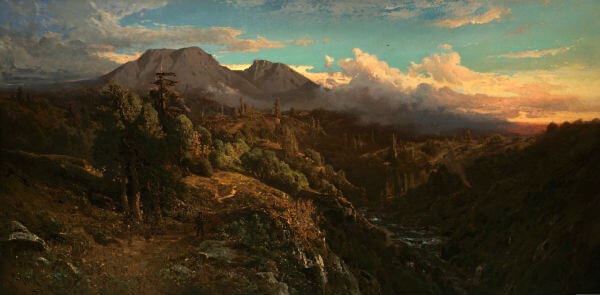
Carl Zimmer writes: As a boy growing up in Denmark, Eske Willerslev could not wait to leave Gentofte, his suburban hometown. As soon as he was old enough, he would strike out for the Arctic wilderness.
His twin brother, Rane, shared his obsession. On vacations, they retreated to the woods to teach themselves survival skills. Their first journey would be to Siberia, the Willerslev twins decided. They would make contact with a mysterious group of people called the Yukaghir, who supposedly lived on nothing but elk and moose.
When the Willerslev twins reached 18, they made good on their promise. They were soon paddling a canoe up remote Siberian rivers.
“Nobody knew what you would see on the other side of a mountain,” said Eske Willerslev, who is now 44. “There were villages on the maps, and you wouldn’t even see a trace of them.”
Dr. Willerslev spent much of the next four years in Siberia, hunting moose, traveling across empty tundra and meeting the Yukaghirs and other people of the region. The experience left him wondering about the history of ethnic groups, about how people spread across the planet.
A quarter of a century later, Dr. Willerslev is still asking those questions, but now he’s getting some eye-opening answers.
As the director of the Center for GeoGenetics at the University of Copenhagen, Dr. Willerslev uses ancient DNA to reconstruct the past 50,000 years of human history. The findings have enriched our understanding of prehistory, shedding light on human development with evidence that can’t be found in pottery shards or studies of living cultures. [Continue reading…]

